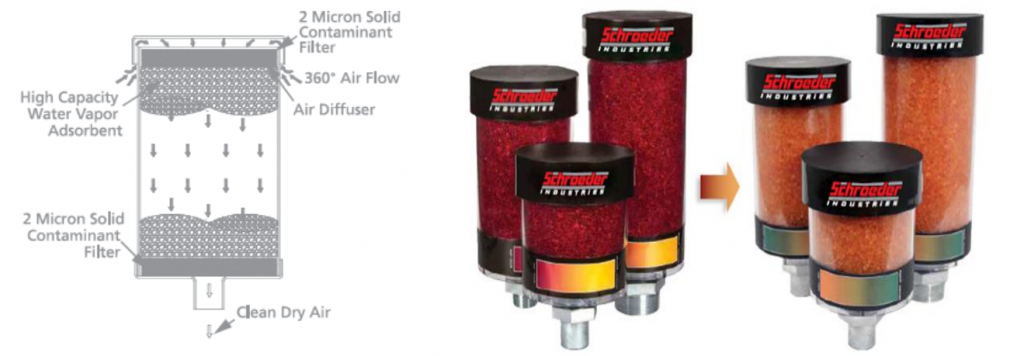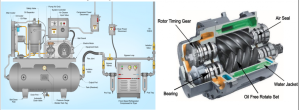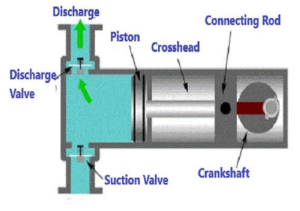What are desiccant breathers?
Desiccant breathers are multi-tiered devices installed on your machines to prevent the entry of two crucial contaminants: moisture and particles.
Why should you use desiccant breathers?
Based on studies by MIT Professor Ernest Rabinowicz, around 70 percent of equipment or machinery loss of use is due to surface degradation. Of that 70 percent, 20 percent is due to corrosion and the other 50 percent is due to mechanical wear. The most common causes of corrosion and mechanical wear are particle and moisture contamination originating outside the machine. When you have moisture in your lubricant or hydraulic fluid, a myriad of negative effects can occur. For example: moisture leads to corrosion, which in turn leads to particulate contamination. Moisture can also change oil viscosity, deplete additives and cause sludge formation. Equipment like gearboxes, pumps and reservoirs must “breathe” when air in the headspace expands and contracts due to temperature changes and oil level changes in the case of hydraulic systems, incoming fluid displaces air or when hydraulic components are working. Each time equipment “breathes,” dirt, debris and moisture are brought in, contaminating the lubricant and damaging the equipment over time. Desiccant breathers filter out moisture and debris, greatly reducing contamination and prolonging the life of machines and equipment.
Contamination can either be controlled by preventing the entry of contaminants into a system (contamination exclusion) or removing the contaminant once they have entered the system (contamination removal). Studies have shown that the cost of contamination exclusion methods, such as installation of desiccant breathers on systems, is about 10 percent of the cost of contamination removal. This occurs because once particles or moisture enters a system, it contributes it wear or corrosion of the system. These mechanisms generate wear particles which cause even more wear. The generation of contaminants is self-propagating. Therefore, the cost of particle removal is the cost of removing an exponentially larger number of particles compared to particle exclusion. Installation of desiccant breathers on tanks, drums, sumps and other reservoirs together with other PM techniques can greatly increase the life of oil lubricated components and equipment.

Schroeder Desiccant Air Breathers
Schroeder desiccant air breathers are designed to increase operational efficiency while reducing operating costs by protecting industrial systems from moisture and particle contaminants.
As fluid levels drop and pressure changes occur in a system, moist air is drawn through the breather (as shown in the diagram below). Air passes through a 2-micron solid contaminant filter and a diffuser to ensure maximum efficiency in the silica gel chamber. Water vapor in the air is absorbed by the silica gel before the dry air passes through a second 2-micron contaminant filter. The filtered air that enters the reservoir is void of moisture and contaminants
Features
Bidirectional Air Flow
Durable Construction
Water Vapor Absorbent
Color Indicator
Dual Anti-static Filter System
Safety Sealed






